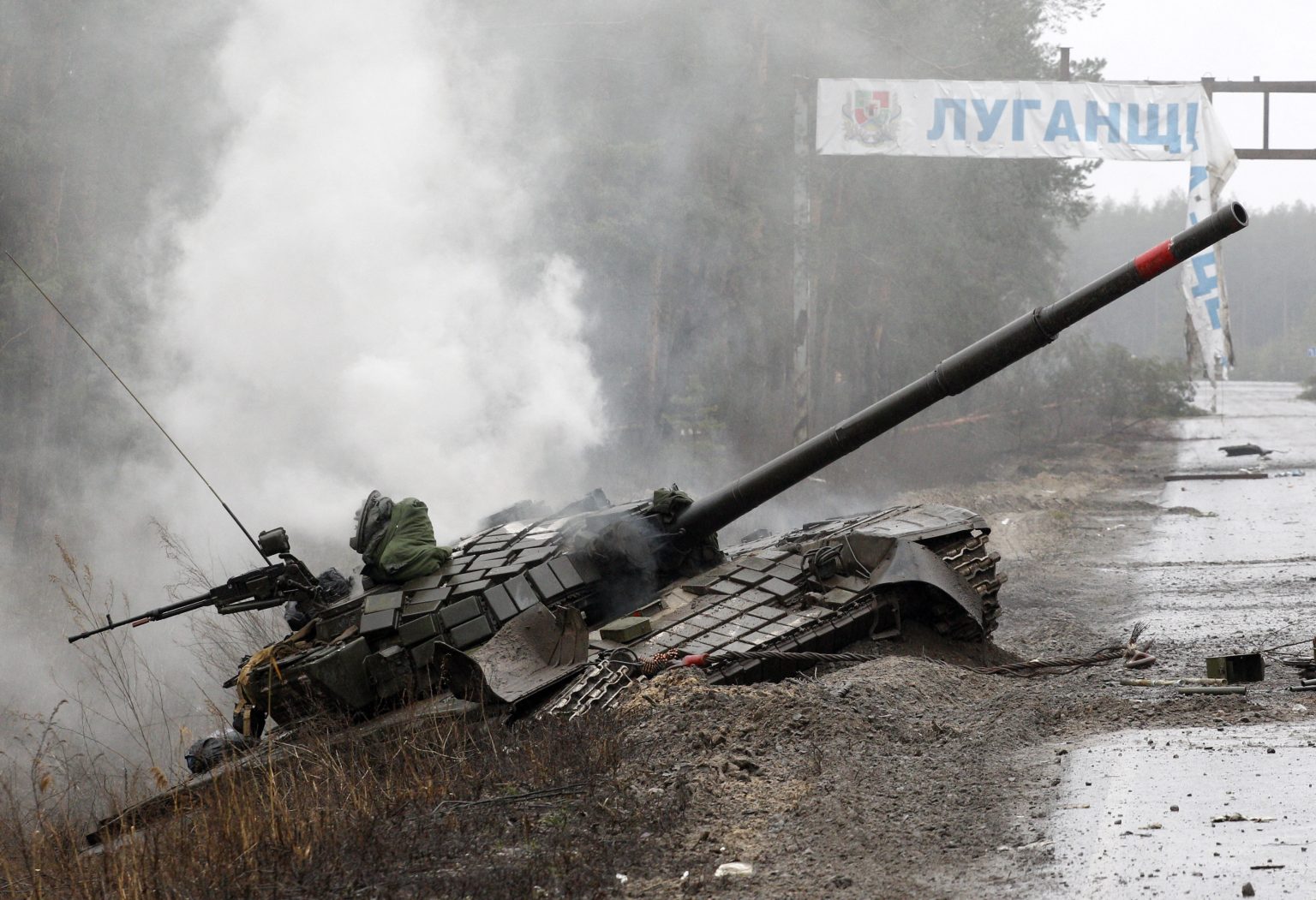In the two-year conflict between Russia and Ukraine, Moscow has employed various tactics to sustain the war effort. This includes conscripting soldiers through a draft, expanding the use of state-sponsored mercenary companies, recruiting convicted prisoners, integrating proxies from Donetsk and Luhansk oblasts, and forcibly conscripting Ukrainians in occupied territories. These measures have allowed Russia to maintain a steady supply of troops despite the challenges of fighting a prolonged conflict.
The use of conscription and other recruitment tactics has enabled Russia to bolster its military presence in Ukraine, despite facing international condemnation and sanctions. By tapping into different sources of manpower, including local proxies and even coerced Ukrainian citizens, Moscow has been able to sustain its aggressive military campaign in the region. This highlights the extent to which Russia is willing to go to achieve its strategic goals in Ukraine, even at the cost of human rights violations and international backlash.
The involvement of state-sponsored mercenary companies and convicted prisoners in the conflict further demonstrates the depth of Russia’s commitment to maintaining a strong military presence in Ukraine. By leveraging these unconventional resources, Moscow has been able to supplement its regular armed forces and continue its campaign in the region. This also raises questions about the ethics and accountability of using such tactics in a conflict zone, as it blurs the lines between traditional military operations and less regulated forms of warfare.
The integration of proxies from occupied Donetsk and Luhansk oblasts into the Russian military forces highlights the complex nature of the conflict in Ukraine. By incorporating these local actors into its operations, Moscow is able to leverage their knowledge of the region and support for its cause. However, this also raises concerns about the long-term implications of such alliances, as it may further entrench divisions within Ukrainian society and complicate efforts to reach a peaceful resolution to the conflict.
The forced conscription of Ukrainians living in occupied territories adds another layer of complexity to the conflict, as it highlights the divide between the government-controlled areas and the regions under Russian influence. By coercing Ukrainians to serve in its military, Moscow is not only undermining Ukraine’s sovereignty but also perpetuating the cycle of violence and instability in the region. This tactic reflects Russia’s determination to control the narrative and outcome of the conflict, even at the expense of the lives and rights of the local population.
Overall, the portrait of the invader in Ukraine reveals a troubling reality of a prolonged and multifaceted conflict fueled by Russia’s relentless pursuit of its strategic interests. The use of diverse recruitment tactics, including conscription, mercenary companies, and coerced proxies, underscores the challenges and complexities of the situation on the ground. As the conflict continues to unfold, it is essential for the international community to remain vigilant and engaged in efforts to uphold the principles of sovereignty, human rights, and peace in Ukraine.


